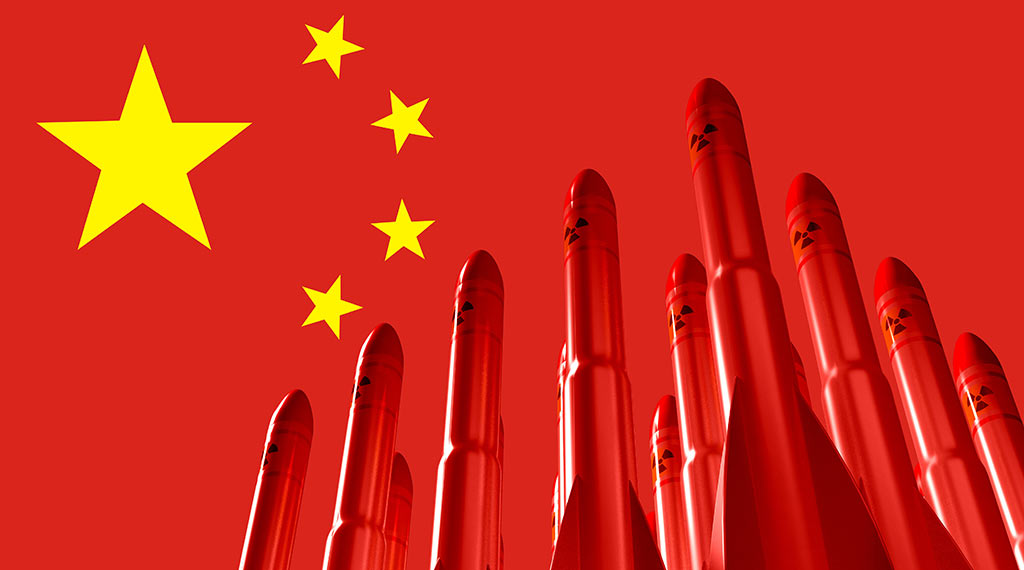
I keep hearing these days that the Chinese People’s Liberation Army (PLA) is a “paper tiger.”
Thus, there’s no need to worry about an attack on Taiwan. And anyway, the United States has plenty of time to get ready before the PLA becomes a real threat—rather than just a “near-peer competitor.”The PLA’s problems? To name a few: no recent combat experience, corruption, too many “only children” in the ranks, and the Chinese navy’s inability to conduct combat operations in distant seas and to master “amphibious operations”—supposedly the most complex and hardest of all military operations.
Even the regime’s leaders complain about “peace disease”—that the PLA hasn’t fought a war for decades and that too many senior officers can’t manage the demands of modern high-tech warfare.
Maybe so, but in the past 30 years, communist China has pulled off the biggest and fastest military buildup since World War II. China’s defense budgets are much bigger than the roughly $220 billion it claims, possibly exceeding U.S. defense spending.
China knows its problems but has clear objectives—defeating U.S. forces is objective No. 1—and it trains hard to achieve these. Its ships aren’t rust buckets nor collide with other ships or burn up pier side every so often.
Yes, the PLA would have a harder time attacking Des Moines, Iowa, but that’s not the point.
It’s true that Chinese conventional combat power—or “power projection”—drops off rapidly beyond, say, 1,000 miles from the Chinese border. But its land-based missiles easily range Guam and Hawaii, and it operates ships and aircraft more often and farther out into the Pacific and beyond.
China is setting up a network of ports and airfields to which it has access worldwide. And it’s building more of the refueling ships, aircraft, and long-range transports needed for global power projection—akin to what the United States can do.
Play this out for five or 10 years, and it’s hard to be sanguine.
And somehow, that “paper tiger” took de facto control of the South China Sea six or seven years ago.
The U.S. Navy can transit the area, as can the U.S. Air Force, and even conduct exercises. But it’s like the NYPD going through Times Square back in the bad old days before Mayor Rudy Giuliani cleaned things up. The cops controlled only the space they occupied; when they left, the “bad guys” filled in and took control.
Even now, the PLA is shadowing (“escorting”) U.S. ships and aircraft through the South China Sea.
Nothing to worry about?
One of these days, a U.S. Navy destroyer skipper will have a dozen anti-ship missiles headed his way—at supersonic speed—and 12 seconds to respond.
He might be forgiven for thinking the PLA isn’t a “paper tiger” and is more than just a “near-peer competitor.”
- Trump’s picks signal tough China stance: expert - November 13, 2024
- Chosin Reservoir: China attacked. Colonel Grant Newsham, USMC (ret), author When China Attacks - November 13, 2024
- War involving US and China is likely: China analyst - November 13, 2024
